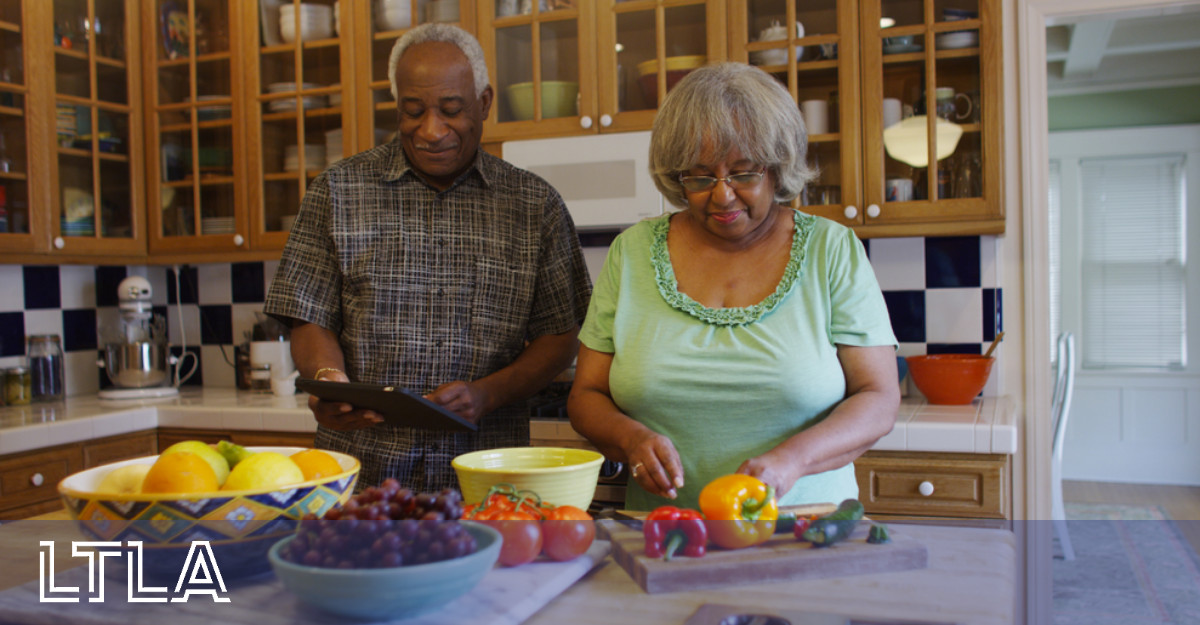
Any major lifestyle shift can be overwhelming, and aging is one of the most prominent transitions in a person’s lifetime. There are a lot of changes that come along with going from adult to elder. For this reason, many people would prefer to age in place, or stay in their current residence, to minimize any further distractions or distress.
The number one thing you should do if you would like to continue to live in your current residence is plan. You will need to modify things a bit, so that you can still have access to everything you want as your needs change. It is crucial to have a plan for aging in place to avoid unnecessary accidents, scary emergency situations, and tons of unnecessary stress for the aging elder as well as their family. Now is the time to start to ensure a comfortable, safe, and manageable lifestyle as you get older.

What is Aging in Place and What Do We Need to Do to Prepare?
The United States Centers for Disease Control and Prevention, the nation’s leading public health institute, defines the term ‘aging in place’ as “the ability to live in one’s own home and community safely, independently, and comfortably, regardless of age, income, or ability level”.
An aging in place plan should consider daily activities, and how one would be able to deal with them in their later years. This plan also assumes there will be some new complications including loss of hearing, poor eyesight, or even illnesses like diabetes or heart problems, that can make even the simplest of tasks more difficult to manage.
Although aging in place will not fix everything one will experience as they get older, it will certainly help plan for challenges in a person’s life as they age. It ensures that an elder’s health, social, and emotional needs will be met, and that they are able to maintain a happy life in the residence of their choice. A plan could include things like adding a railing to a slippery shower, organizing grocery delivery, driving or cleaning services, or researching home health care.
Obviously, most people would rather remain in their home as they mature. But to do this, we need to prepare and plan for our future years before the situation becomes an urgent matter. If the plan includes staying in a current home, the following must be considered now:
- Age in place home care arrangements to help with everyday activities and tasks
- Aging in place design that is easy to maneuver, like minimizing stairs, decks and falling risks
- Aging in place house plans that include modifications for increased lighting, additional hand railings and grab bars, non-slip flooring, walk-in bathtubs, etc.
The point of age in place planning is to enable one to stay live where they want to, with all of the comforts that they enjoy. This might include adding in-home services and renovations to help facilitate living conditions that will work for an elder later in life. Plans for aging in place should be created as soon as possible, and should be revised according to an elder’s ever-changing needs.

Things to Consider When Planning
- Contact a certified aging in place specialist to get help planning for the future
- Research aging in place house plans for renovations that will eventually be needed
- Discuss wants, needs, and necessities with family members in advance
- Research supplementary services to maintain quality of life and facilitate comfortable living conditions
Turn to the Long Term Living Association advisory team as the single, primary point of contact to help you plan for the needs of you or your loved one. Our certified aging in place specialist can assist you with age in place home care, aging in place design and aging in place house plans, now or for the future. Our team can simplify the process, help you understand options, and save you time and stress associated with an aging family member. Schedule your appointment today to chat with our certified aging specialist to get the help you need.

